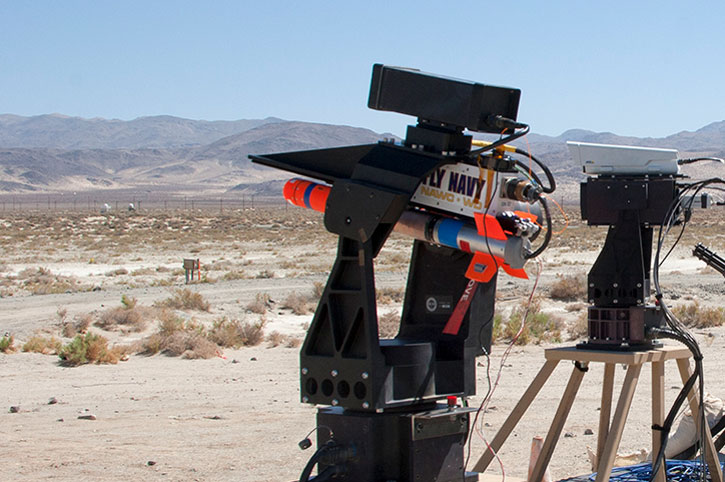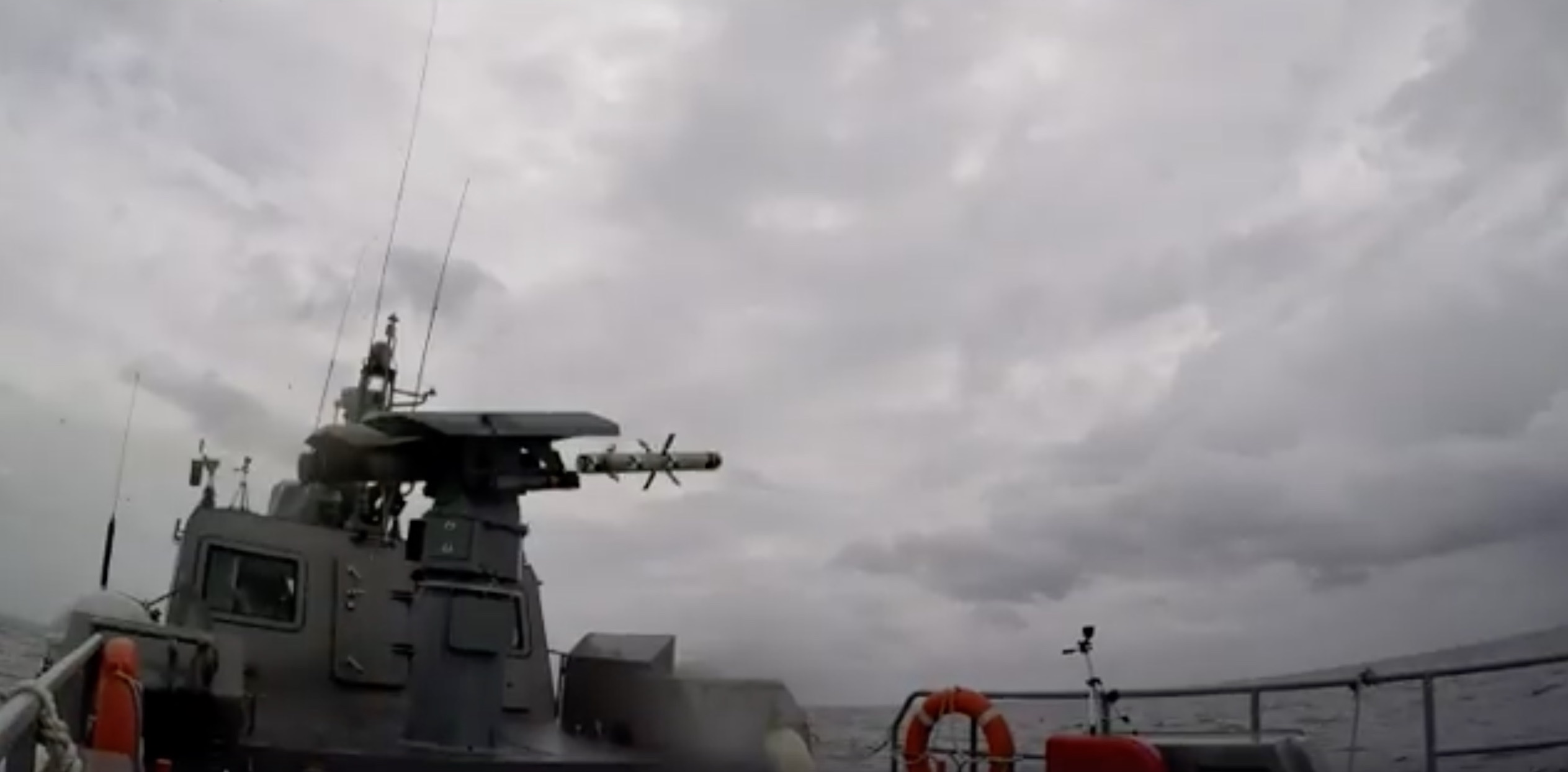
Smaller size and less weight allows more missiles to be carried, and the smaller warhead provides lethality against soft targets with less chance of collateral damage. Medium UAVs have difficulty carrying missiles such as the 100 lb (45 kg) Hellfire due to weight and thrust issues, so the Spike could be bolted on with less effects. In addition to giving ground troops a light weight missile, the Spike could easily be adapted to fit onto vehicles, aircraft, and small boats. Both the Spike missile and reusable launcher each cost $5,000 and weigh 10 lb (4.5 kg) loaded, compared to 49 lb (22 kg) for a Javelin missile and fire control unit. A third targeting mode is inertial, meaning the user can "snap and shoot" at a target without needing to lock on out to 200 meters. The EO seeker cannot operate at night, so the SAL would have to be used. The missile is directed to its target by either an electro-optical (EO) or semi-active laser (SAL) seeker the EO camera is similar to a basic cellphone camera, containing a 1- megapixel video camera that allows the shooter to select the area to engage in a fire-and-forget mode. It is powered by a small rocket motor that gives it a range exceeding 2 mi (3.2 km). The warhead weighs about 1 lb (450 g) and employs the Explosively Formed Projectile (EFP) effect, made to penetrate before detonating. Marines, with three missiles and the launcher able to fit in a standard backpack, it weighs 5.4 lb (2.4 kg), is 25 in (640 mm) long, and 2.25 in (57 mm) in diameter.

Navy, with assistance from DRS Technologies, and is proclaimed to be "the world's smallest guided missile." Initially made to be carried by U.S. The Spike was made to provide infantry with a shoulder-fired guided fire-and-forget missile system lighter and cheaper than the Javelin and produce light and more numerous weapons for unmanned aerial vehicles (UAVs) to carry. Also, because they are made to destroy heavy vehicles, they use large warheads that could inflict unnecessary collateral damage.

They are both cost prohibitive at around $100,000 per missile, designed to be used against slow-moving heavily armored vehicles like tanks, while during the Iraq War they were employed against personnel and fast-moving unarmored vehicles. Guided missiles like the AGM-114 Hellfire fired from aircraft and FGM-148 Javelin used by infantry have disadvantages when used against insurgents in urban areas. The Spike was developed in response to operational needs encountered during operations against asymmetric opponents.

The Spike, also called the Forward Firing Miniature Munition ( F2M2), is a small missile developed by the USA Naval Air Warfare Center Weapons Division (NAWCWD), NAVAIR's Weapons Division.


 0 kommentar(er)
0 kommentar(er)
